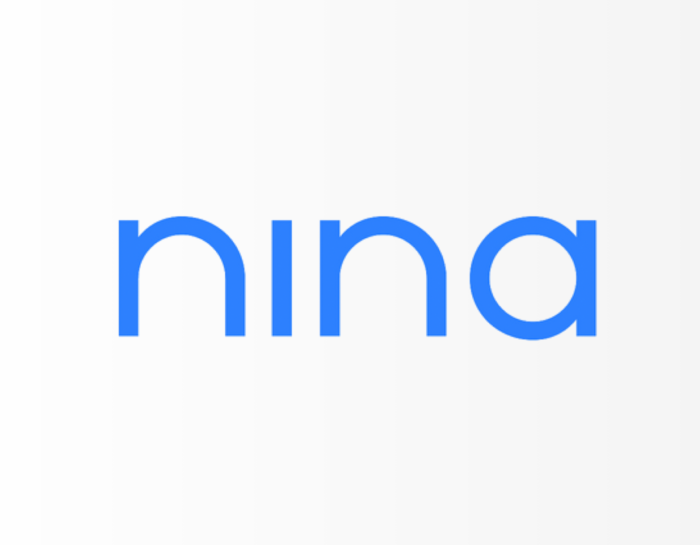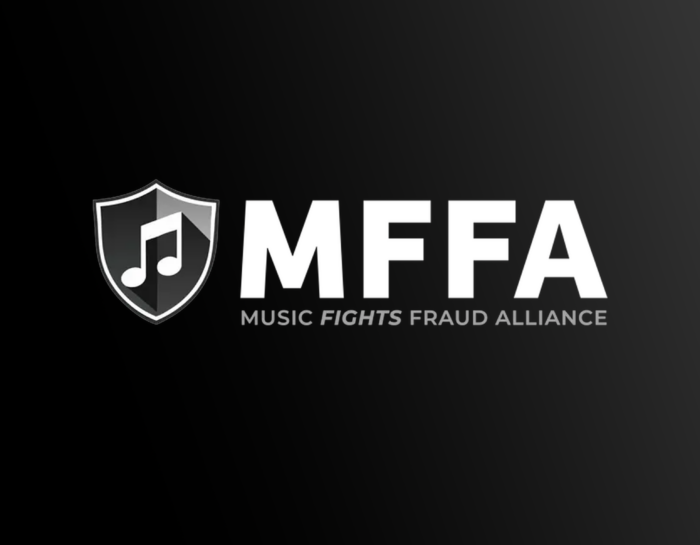
Meet New Merlin Board Member Irina Lipczyk-Kolakovska (e-muzyka)
Merlin’s Executive Interview Series is a monthly series featuring executives from across Merlin’s dynamic and diverse worldwide membership, discussing some of the most pressing topics, developments, and innovations in independent music today. This month’s piece features Irina Lipczyk-Kolakovska, Digital Distribution Lead at e-muzyka discussing growth, strategy, and distribution in the Polish and Ukrainian music markets.
Can you provide some insights into the unique characteristics and trends that differentiate the Ukrainian and Polish music markets from other European markets, especially in terms of consumer preferences?
Today, streaming represents the leading sector of music sales in Poland. In 2023, Poland’s digital music sales grew by 21%, becoming one of the top 20 music markets worldwide. When analyzing catalogs and trends, it’s notable that 8 out of the top 10 spots on the streaming service charts are often occupied by Polish artists, and the same is also observed in the trending charts on YouTube.
Digital services took longer to establish themselves in Ukraine compared to other European markets. This delay affected Ukraine’s music market growth and its position on the global scale. Furthermore, widespread access to piracy websites continues to be a significant problem for Ukraine’s digital market.
For many years, Ukraine’s music industry had a close relationship with Russia, impacting various aspects of the music business. First of all, a large percentage of Ukrainian pop music was produced in Russian. On top of that, original Russian music of all existing genres also had a prominent presence on the Ukrainian charts. However, things have gradually started to change.
Despite the challenging economic and political situation, Ukrainian artists continue creating music that emphasizes their identity and origins primarily by expressing themselves in their native language. There’s a significant demand for Ukrainian music among consumers, evident in the trending charts on YouTube. Nonetheless, Russian music still finds an audience in Ukraine and hasn’t completely disappeared from the charts.
How has the rich cultural heritage of Ukraine and Poland influenced the music produced in these regions, and do you see this cultural influence shaping the way music is consumed and distributed digitally?
In terms of cultural and historical heritage, Ukrainian and Polish music markets have key similarities. Both countries had challenges in accessing music sold in Western European and American music markets due to historical and political situations (such as the Iron Curtain, Soviet Union censorship).
In both Ukraine and Poland, non-mainstream music genres have emerged as powerful forms of expression for the people. Both countries saw the rise of rock, metal and underground music bands, often operating under censorship. For a long time, Polish and Ukrainian hip-hop weren’t accessible to a broad audience. Music streaming services have significantly influenced the development of hip-hop in both countries, making it the leading genre today.
What are some of the challenges and opportunities you’ve encountered while working with labels and distributors in the Slavic music markets, and how have these markets evolved over time?
I’ve been working closely with representatives from the music industries in both Poland and Ukraine, cooperating with labels and independent artists for many years.
In my observation, since the COVID-19 pandemic, every music market has experienced the impact of the new digital reality to varying degrees. In Poland, the role of the digital distributor became more complex over time, extending beyond just the digital music sector. e-muzyka started forming closer and more direct collaborations with artists’ music management teams, exchanging knowledge and experience, finding ways to improve everyday work in digital reality. Additionally, e-muzyka expanded its team to include A&R, Public relations and Project Management departments.
On the other hand, the Ukrainian market has experienced fast digital transformation and, as a result, now is facing challenges in defining the role of a digital distributor and its position in the music ecosystem, particularly for independent artists. A popular trend appeared in which artists would quickly release singles online, often on a limited number of platforms without much promotional support. However, I believe that now many Ukrainian artists are recognizing the benefits of collaborating with the right digital distributor.
Can you name a few emerging artists that you’ve worked with from the Ukrainian and Polish music scenes that you think have the potential for global success? How have digital services helped to support their growth?
We’re happy to represent Mata, a top hip-hop artist in Poland. Recently, he was featured on Spotify banners during the FC Barcelona and Celta Vigo match. These banners were not only visible locally but also during the international broadcast, making Mata the first Polish rapper to achieve this.
We are thankful to Spotify for supporting our Ukrainian and Polish artists, who are ambassadors of the global initiative program on Spotify Equal. Some of these artists include the Vellow sisters, Roxie Węgiel, Dorota.
I strongly believe that programs like this, presented by streaming services, offer incredible opportunities for artists from emerging markets to gain global recognition.
Additionally, there’s a wealth of talent from Ukraine, including my recent discoveries within the alternative and rock scene like Angelina Bukovska, Disappeared Completely, and Паліндром,. It’s essential for these talents to have better representation both locally and across various European markets.
How have streaming platforms and digital music services adapted to cater to the preferences and needs of consumers in Ukraine and Poland, and are there any unique strategies they’ve employed to succeed in these markets?
To ensure release visibility on streaming services for Polish or Ukrainian artists, it’s crucial to have placement on top playlists that are localized for each market. e-muzyka is happy to have their Polish and Ukrainian artists featured on the covers of popular local playlists and even gaining recognition on global charts.
In today’s Ukrainian and Polish music scenes, artists are now more connected with their fans on social media than ever before. It’s important for artists to regularly and openly communicate with their audience, making social media the main and relevant source of information for their audience.
As a digital distribution lead at E-Muzyka, you work closely with labels and digital services to optimize music distribution. Could you share how your partnership with organizations like Merlin has influenced the growth and exposure of Ukrainian and Polish artists on a global scale, and what role do such collaborations play in shaping the future of music distribution in these markets?
Merlin is a fantastic support system for e-muzyka in various ways. Merlin represents our interests by negotiating important agreements with global digital services, which usually involve complex business models. Furthermore, Merlin provides advertising support on social media and streaming services, crucial in digital campaigns for our artists globally.
We trust Merlin’s expertise and recommendations in terms of trustworthy digital services, partnerships and expanding our catalog availability globally.


